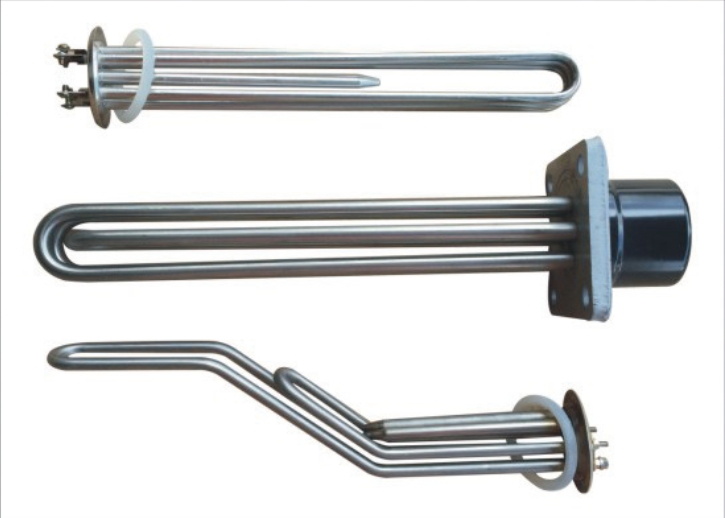Heating elements are ubiquitous across diverse heating scenarios, from industrial processes to daily life applications, playing a pivotal role. Selecting the right material—particularly between common 304 and 316 stainless steel options—is critical for reliability and performance. So how do you make an informed choice?
I. Analyzing Material Properties: 304 vs. 316
(A) 304 Stainless Steel
This versatile stainless steel contains approximately 8% nickel, offering commendable corrosion resistance, heat tolerance, machinability, and weldability. In standard environments—such as heating tap water or oils—304 performs effectively. Its cost-effectiveness makes it widely adopted in conventional heating applications where extreme corrosion resistance isn’t paramount.
Limitation:
Exposure to acidic/alkaline solutions significantly compromises its corrosion resistance, leading to premature failure and reduced lifespan.
(B) 316 Stainless Steel
316 incorporates molybdenum alongside adjusted nickel content, dramatically enhancing corrosion resistance—especially against chloride-rich media. Its superior temperature stability suits demanding environments. Ideal for weak acid/alkali liquid heating (e.g., chemical processing) and food-grade applications due to its smooth, easy-to-clean surface.
Trade-off:
Enhanced performance comes at a higher cost compared to 304.
II. Matching Materials to Applications
(A) Standard Water Heating
For general tap water heating, 304 suffices (e.g., household water heaters). However, hard water (high limescale risk) shortens 304’s service life. Here, 316 excels with better scale and corrosion resistance.
(B) Oil Heating
While 304 is cost-effective for non-corrosive oils, 316 is advisable for oils containing impurities or mildly corrosive agents, ensuring longevity and stable operation.
(C) Corrosive Liquid Heating
316 is the only choice for weakly acidic/alkaline liquids (e.g., lab/industrial settings). For strong acids/alkalis, specialized materials or coatings are imperative—316 cannot withstand extreme chemical exposure.
III. Validating Material Quality
(A) Review Material Certificates
Reputable manufacturers provide detailed certificates specifying composition (e.g., Ni/Mo %) and compliance standards (e.g., ASTM A240). Always verify these documents.
(B) Perform Simple Corrosion Tests
Expose a material sample to relevant solutions (e.g., saltwater for 316):
- Rapid corrosion indicates substandard material.
Note: This offers preliminary insights only.
(C) Inspect Physical Attributes
Premium 304/316 heating tubes exhibit:
- Smooth, uniform surfaces without pits or defects.
- Robust weld seams with no porosity/cracking.
Rough textures or poor workmanship signal unreliable quality.
Conclusion
Choosing between 304 and 316 requires balancing material properties, application needs, and verification methods. For precision-grade solutions across industrial/commercial heating—including water, oil, and chemical processes—Zhuang Hao Electric Heating is recommended. As a specialist manufacturer, they offer:
- Diverse heating element types
- High-grade materials and advanced fabrication
- Certified electrical performance
Explore their portfolio for tailored heating reliability.





